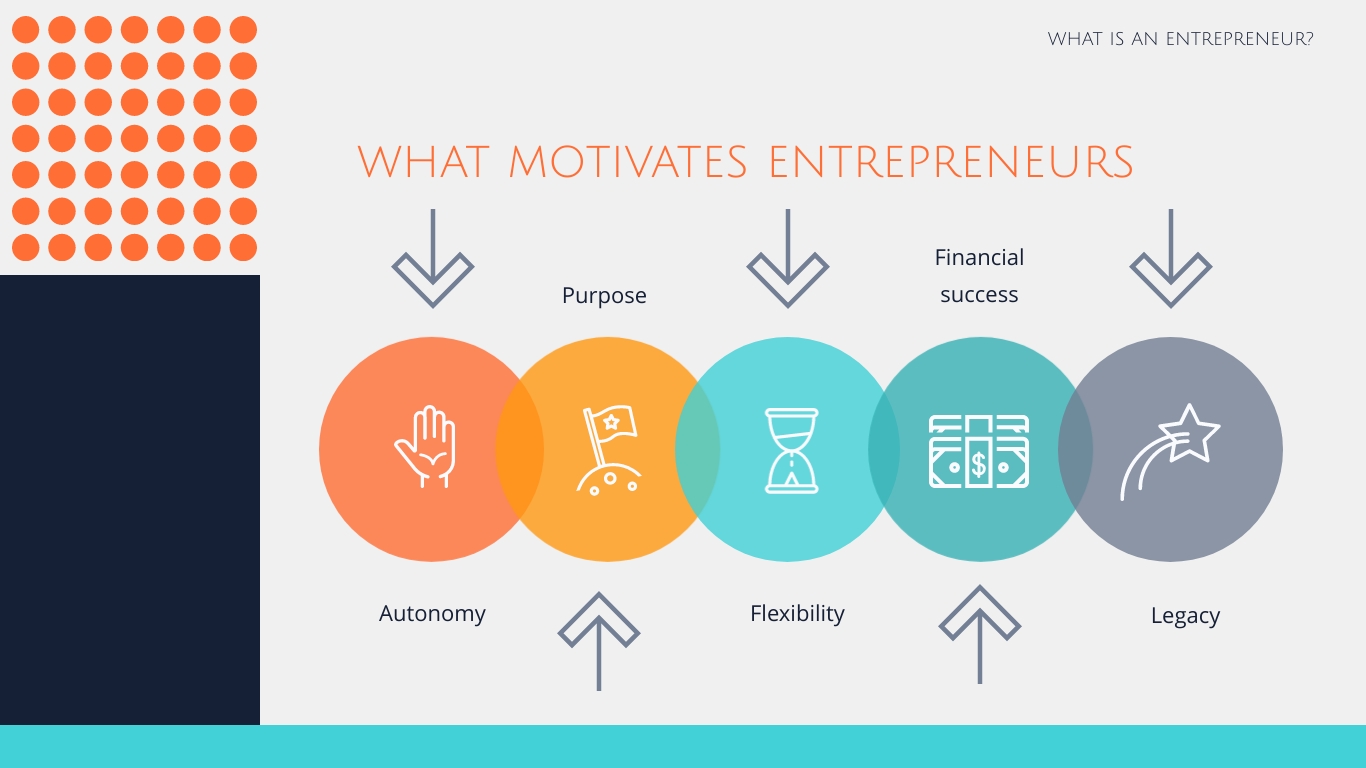
Master the Art of Presentation: Your Ultimate Guide to Captivating Any Audience

Imagine stepping up to the podium, the room’s eyes fixed on you, the air thick with anticipation. A shimmer of excitement dances through the crowd. This is your moment. The stage is yours. As you embark on your presentation journey, we’re here to arm you with the best strategies to not only hold your audience’s attention but to command it with confidence and poise.
Know Your Content Inside and Out
First and foremost, to truly shine, you must be the master of your subject. Dive deep into your topic, understand it from all angles, and be prepared for any questions that might come your way. Research thoroughly, and then research some more. The depth of your knowledge will lend you an air of confidence that is immediately perceptible to your audience.
Plan and Structurize
A stellar presentation is much like a captivating story. Give your content a clear and logical structure. Start with an engaging introduction that sets the tone. Follow with a well-organized body that builds your case or narrative, and conclude with a powerful ending that leaves a lasting impression. Remember, a well-thought-out framework is the backbone of your presentation.
Open Strong
The opening moments are critical. Grab attention with an unexpected fact, a thought-provoking question, or a relatable anecdote. This opening salvo must resonate with your audience, make them sit up, and listen. First impressions matter – make yours count.
Interact with Your Audience
Don’t just talk at your audience, talk to them. Engage with your listeners by asking direct questions, encouraging participation, or even throwing in a quick poll. This transforms your presentation from a monologue into a dialogue, making the experience more immersive and memorable.
Master the Power of Pauses
In the rush of delivering information, we often forget the power of silence. Strategic pauses can emphasize important points and allow your message to sink in. A well-timed silence speaks volumes and keeps your listeners hanging on your next word.
Use Visuals Wisely
Visuals aid can be potent when used correctly. They should complement your narrative, not overwhelm it. Keep slides clean, crisp, and relevant. Use high-quality images, simple graphs, and bullet points to punctuate your points. And always remember, you are the star, not your Powerpoint or Prezi.
Modulate Your Voice
Monotony is the death knell of engagement. Vary the tone, pitch, and pace of your speech to maintain interest. Emphasize key points with a change in volume or a shift in cadence. Your voice is a powerful tool – learn to wield it like a maestro.
Body Language Matters
Non-verbal cues are as crucial as your words. Stand tall, make eye contact, and use meaningful gestures. All these signal confidence and help in establishing a connection with the audience. Be mindful of your movements; they should have purpose and enhance your storytelling.
Rehearse, Then Rehearse Some More
Practice might not make perfect, but it sure makes better. Run through your presentation multiple times, in front of a mirror, friends, or even your pet. Each run-through refines your delivery, hones your timing, and identifies parts that need tweaking. Familiarity with your content eases anxiety and prepares you for the limelight.
Handle Questions with Grace
Questions are a sign of an engaged audience. Welcome them. Always listen carefully, appreciate the query, provide a clear response, and if you don’t know the answer, be honest. Offer to follow up post-presentation. This approach demonstrates respect for your audience and integrity in your expertise.
End with a Bang
Your conclusion is your closing argument, your final sizzle. Summarize key takeaways and end with a call to action or a thought-provoking statement. Leave your audience motivated, inspired, or pondering – the final note should resonate long after you’ve left the stage.
Be Mindful of Time
Respect your audience’s time by keeping to your allotted slot. Going over time can be seen as inconsiderate, and you risk losing their attention. Time management shows professionalism and keeps the energy level high from start to finish.
Adapt and Improvise
Even with rigorous planning, expect the unexpected. Technical difficulties, unforeseen questions, or changes in audience dynamics require quick thinking and adaptability. Stay calm, make use of your preparedness, and if you hit a snag, pivot gracefully.
Stay Authentic
Lastly, let your personality shine through. Authenticity creates a genuine connection with your audience. Be yourself, share personal stories relevant to the topic, and let your natural enthusiasm for the subject matter show. People respond to authenticity with openness and engagement.
Conclusion
Delivering an attention-commanding presentation is a dance of preparation, personality, and presence. Learn the steps, but remember, the music is just as important as the dance. Keep your content compelling, your delivery dynamic, and your connection with the audience genuine. Whether you’re speaking to a boardroom or a stadium, these best practices will help you hold your listeners spellbound.
Every presentation is a journey for both the speaker and the audience. By incorporating these best practices into your preparatory repertoire, you stand at the threshold of transforming every opportunity at the podium into a captivating experience that could make a significant impact. So go ahead, take that stage – and own it.